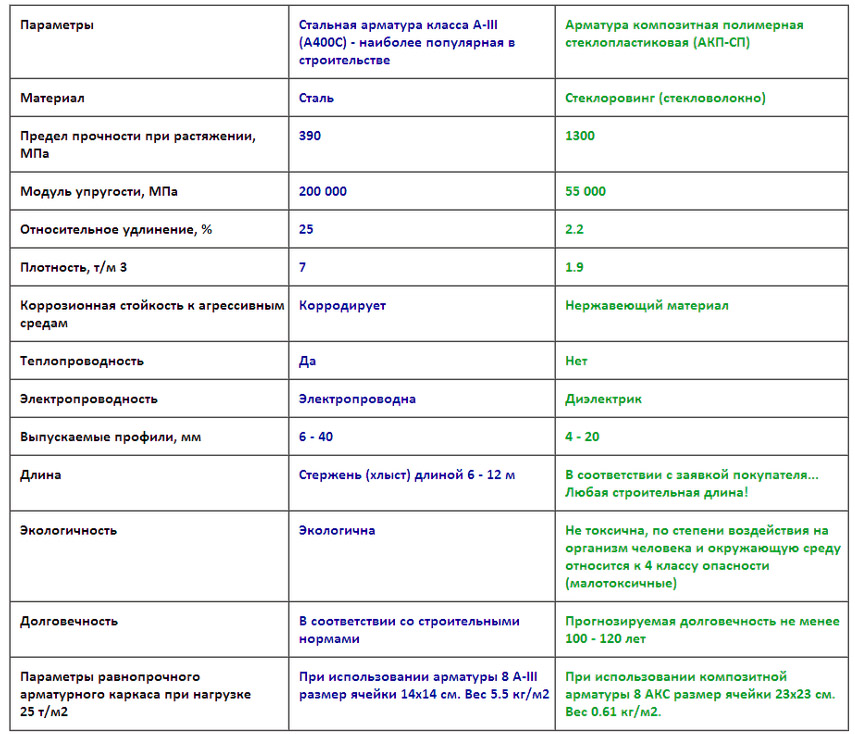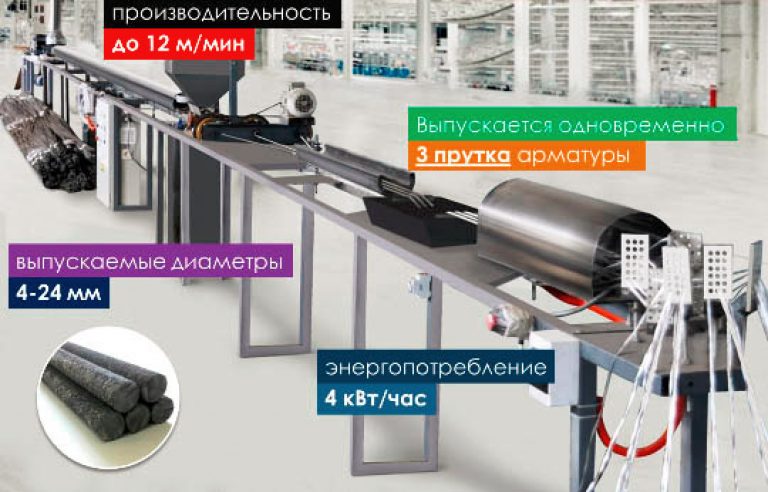Most concrete structures require gain with special products. It is they who take over the bulk of the stretching load. Correctly choose the material according to the calculation results will help the marking of the reinforcement, in which the main technical characteristics are encrypted.
Classification
Reinforcing elements are divided into several categories depending on their scope for:
- construction of residential and industrial buildings of various floors (strengthening the foundation, monolithic walls, overlaps), berths, complex hydrotechnical and underground structures;
- installation of support and enclosing structures (columns, greenhouses, pipe bases);
- making screed, durable plaster;
- productions of various bribes (pipes, panels, collector rings, overlap, foundation and wall blocks);
- stacking sidewalks, creating a roadbed.
For each category, fittings are designed from the material of the appropriate strength, type and size. Marking products are taken using the alphanumeric code, the ends of the rod are painted into certain colors. Conditional designations simplify control over the implementation and application of reinforcing products.
The following characteristics may be encrypted in the marking:
- material - steel or polymer composite (based on basalt or fiberglass);
- purpose - working, distribution, assembly;
- section profile - permanent or periodic;
- execution - ropes, rods, wire;
- method of installation - knitted or welded.
Steel rods are popular, such an armature is divided into corrugated and smooth. The first of them has a non-periodic (periodic) diameter value at the expense of notes. The corrugated (ribbed) combines several subspecies: with a ring, sickle, mixed profile. Such products are produced in compliance with geometric and physical parameters: angle of inclination and height of protrusions, a step between adjacent notches, an equivalent cross-sectional area, the yield strength norm. Smooth fittings are characterized by a constant diameter.
![]()
Classes and labeling
Developed several technical standards containing a description of the construction reinforcement. Each of them adopted its own system of designations.
1. GOST 5781-82 "Steel is hot-rolled for reinforcing reinforced concrete structures."
In accordance with this standard, reinforcement rods are classified according to the chemical composition and the physical properties of steel rolled steel. Decoding valves for classes is given in the table.
| Strength class (old marking and its equivalent on European standards) | steel grade | Yield strength, MPa | Circle diameter, mm | Description |
| A-I (A240) | Carbon St3KP, ST3PS, ST3SP | 240 | 4-40 | Smooth |
| A-II (A300) | Low-alloyed st18g2c or carbon st5sp, ST5PS | 300 | 10-80 | Corrugated, produced in the form of rods (6-12 m) or wire rolled into the bay |
| A-III (A400) | Alloy 35GS, 25G2C, 32G2R | 400 | 6-40 | Ribbed fittings for foundation |
| A-IV (A600) | Low-alloy cold rolled 80s, 20khg2c, | 600 | 6-40 | Corrugated sickle, for welded reinforced concrete products |
| A-V (A800) | Low alloy 23x2g2t | 800 | 6-40 | Ribbed, for welding frame in jbbe |
| A-VI (A1000) | Low-alloy 22x2g2a, 22x2g2p and 20x2g2cp | 1000 | 6-32 | Corrugated, for welded works |
To inform the consumer about the special properties of metal products, manufacturers additionally label it:
- K - corrosion-resistant steel with a protective coating (galvanized, galvanized);
- C - admits a connection with welding;
- T - thermomechanically strengthened rolling.
After the main data indicate the diameter of the rod. For example, the A600C Ø18 is decrypted: cold-rolled reinforcement with a 600 MPa yield strength, intended for a welded jbby frame.

The reinforcement is packaged in bay or bundles, fixable with wire. Each ligament label: fasten the tag with the symbol. For class A600-A1000, the color marking of the tips of the rods of paint is applied:
- A600 - Red;
- A800 - red and green;
- A1000 - red and blue.
2. GOST 10884-94 "Armature thermomechanically hardened".
This standard formulates requirements for the most responsible types of reinforcing products designed for increased loads. To enhance the strength indicators, they are subject to thermomechanical processing. Classification is carried out depending on the following properties:
- the normalized yield limit indicator, which is determined by the chemical composition of the material;
- operational qualities - weldability (letter C), stability to corrosion cracking (literature), welded with anti-corrosion resistance (SC).
Armature made according to GOST 10884-94, is divided into classes:
- AT400 - from carbon steel rolled steel;
- AT500C, AT600 - from low-alloy brands of steel 20GS; 25G2C; 35GS; 28c; 10GS2; 08g2C; 25С2R;
- AT800 - from low-alloy steels 20gs; 20GS2; 08g2c; 10GS2; 28c; 25G2C; 35GS; 25c2p; 20HGS2;
- AT1000, AT1200 - from steel rolled 30xc2.

3. GOST 31938-2012 "Composite fittings for reinforcing concrete structures.
Marking non-metallic reinforcing products are taken by type of filler. According to such a classification, the following types are allocated:
- ASK - with fiberglass;
- ABK - with basalt fiber;
- AUC - carbon monkey;
- AAA - ARADODOMPOSITY;
- Acc - combined.
The diameters vary in the range from 4 to 32 mm, their profile is ribbed. The product marking includes: the type of reinforcement rods, diameter, the limit value of the pressure during tension, the modulus of elasticity during tension, GOST. For example, basalt battter fittings with a diameter of 10 mm with a tensile strength of 1000 MPa and a modulus of elasticity 50 GPa is indicated as: ABK-10-1000 / 50 - GOST 31938-2012.
